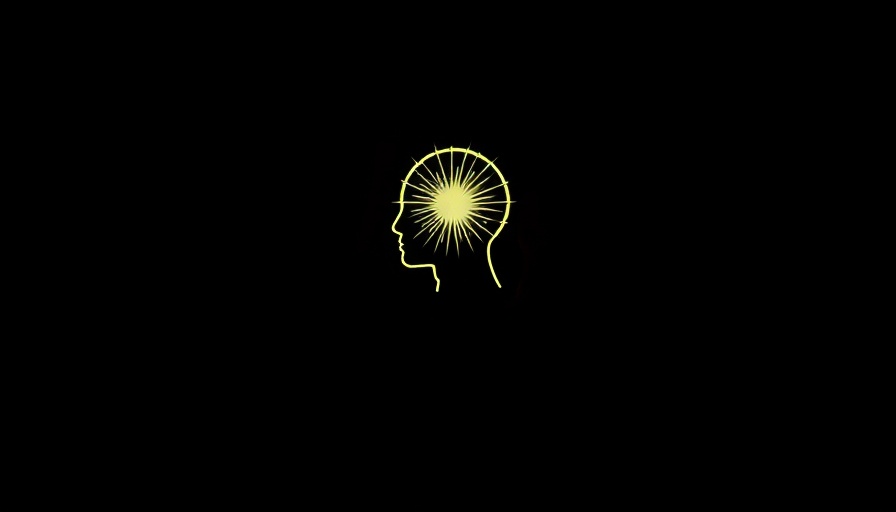
Windsurf's Access to Claude AI Models Restricted
Windsurf, a rising star in the vibe coding space and reportedly on the brink of being acquired by OpenAI, is facing challenges due to restricted access to Anthropic's Claude AI models. CEO Varun Mohan expressed disappointment over the abrupt limitation imposed by Anthropic, revealing that the startup received less than five days' notice of a significant cut to its first-party access to models like Claude 3.7 Sonnet and Claude 3.5 Sonnet. The swift transition to third-party computation solutions may create availability issues for Windsurf users, complicating their experience and potentially impacting performance.
Competition Heats Up in AI-Coding Sector
Windsurf's predicament comes at a time when competition in the AI-assisted coding landscape is sharp. Just weeks before the changes, Anthropic notably excluded Windsurf from direct access to its newly launched Claude 4 models, favoring established platforms such as GitHub Copilot and Anysphere's Cursor with immediate integration. This exclusion not only highlights Windsurf's growing pains but also the competitive strategies of AI providers as they race to dominate this evolving market.
Implications on Collaboration and Innovation
As the landscape shifts, the collaboration between startups like Windsurf and tech giants like Anthropic may face hurdles. The reliance on third-party providers for cloud infrastructure means additional costs and complexities for Windsurf. Varun Mohan's assertiveness in addressing these challenges shows a commitment to sustain innovation in vibe coding despite these hurdles. This situation illuminates the precarious balance required in tech partnerships where access and availability can make or break competitive advantage.
The Future of AI in Software Development
As we evaluate the implications of this shift, one can't ignore the broader future predictions for AI in software development. With companies like Anthropic and OpenAI investing heavily in AI capabilities, the potential for breakthroughs in coding tools remains significant. However, the manner in which these tools are shared and integrated will shape developer experiences and the market landscape moving forward. This recent decision by Anthropic could serve as a critical lesson on collaboration in high-stakes tech environments.
In conclusion, Windsurf's current challenges with direct access to Claude AI models underscore the need for adaptive strategies in the competitive AI-coding sector. As new developments unfold, it will be essential for startups to navigate these complexities skillfully to maintain creative edges.
 Add Row
Add Row  Add
Add 




Write A Comment